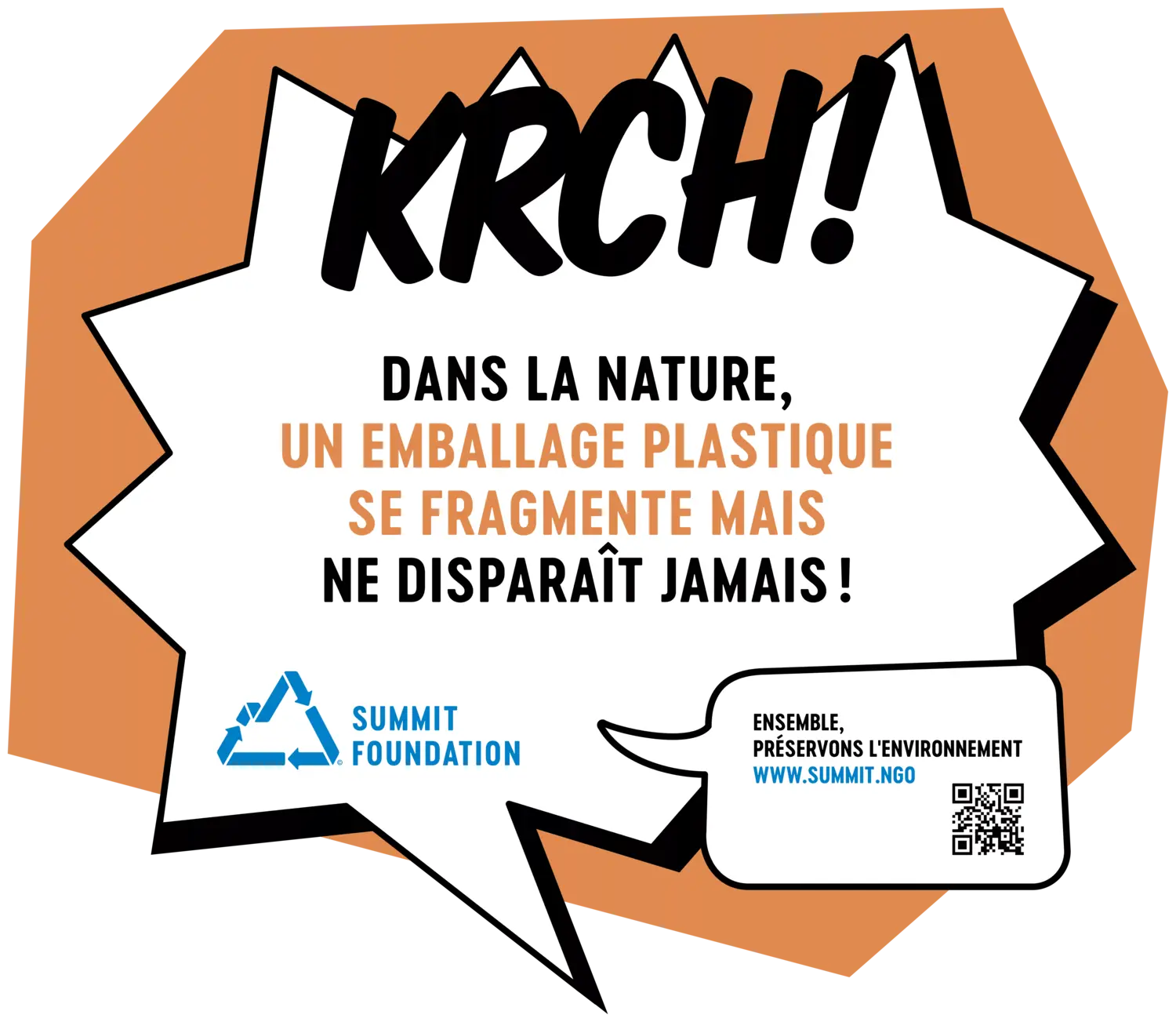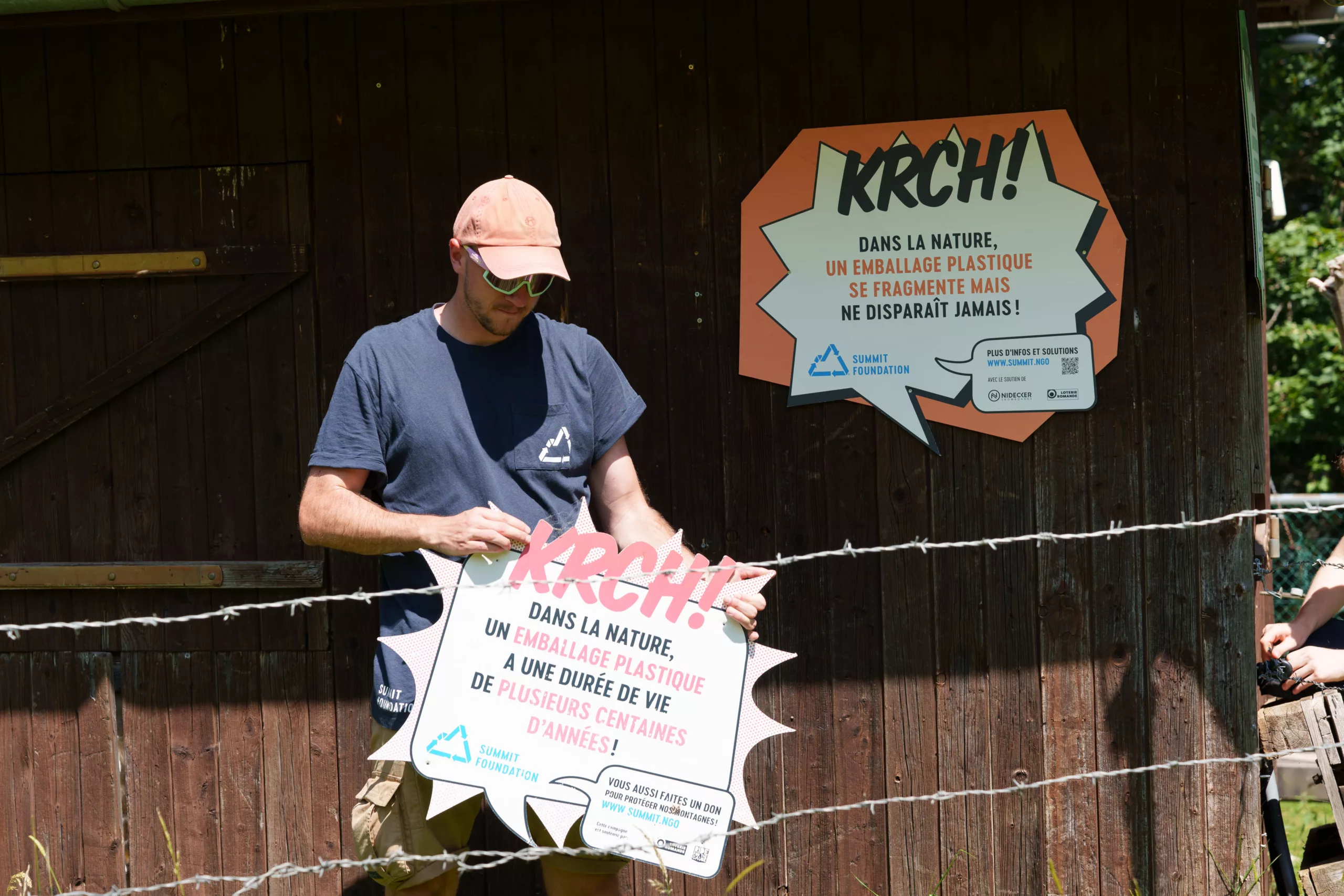


- In Switzerland, 2,700 tonnes of plastic waste are dumped in the environment.
- Plastic is not biodegradable; it can remain in the environment for centuries, or even never disappear.
- Plastic breaks up into small pieces that spread into the environment and are ingested by wildlife.
Plastic production has exploded over the last few decades, from 2 million tonnes in 1950 to 450 million tonnes in 20201. According to UNEP (the United Nations Environment Programme), 19 to 23 million tonnes of plastic2 are discharged into the environment every year.
The problem is that plastic is not biodegradable.3. It can remain in the environment for centuries before becoming harmless. It could even that they never disappear4 in nature, so all the plastic released into the environment is still there. Because plastic degrades so slowly, it accumulates in the environment, increasing pressure on the environment. As production increases, this pollution could triple by 20405 !
Or disappear, pieces of plastic in the environment fragment6 under the effect of UV rays, mechanical stress and the action of micro-organisms. The speed of fragmentation depends on the chemical composition of the plastic and the environment in which it is found. In a cold environment, a plastic will break down more slowly than in a warm environment. In smaller forms (microplastics7), they are more easily ingested by animals and can be transported over thousands of kilometres.
Plastic pollution has various sources8, These include littering, which is the deliberate or unintentional dumping of rubbish in public spaces or in the countryside. The most common types of litter found in nature are plastic: PET bottles, packaging, cigarette butts, etc. In Switzerland, it is estimated that littering is responsible for releasing 2,700 tonnes of plastic into the environment.9.
Do your bit to help combat plastic pollution by adopting the right behaviour:
Together, let's keep our mountains beautiful and plastic-free.
